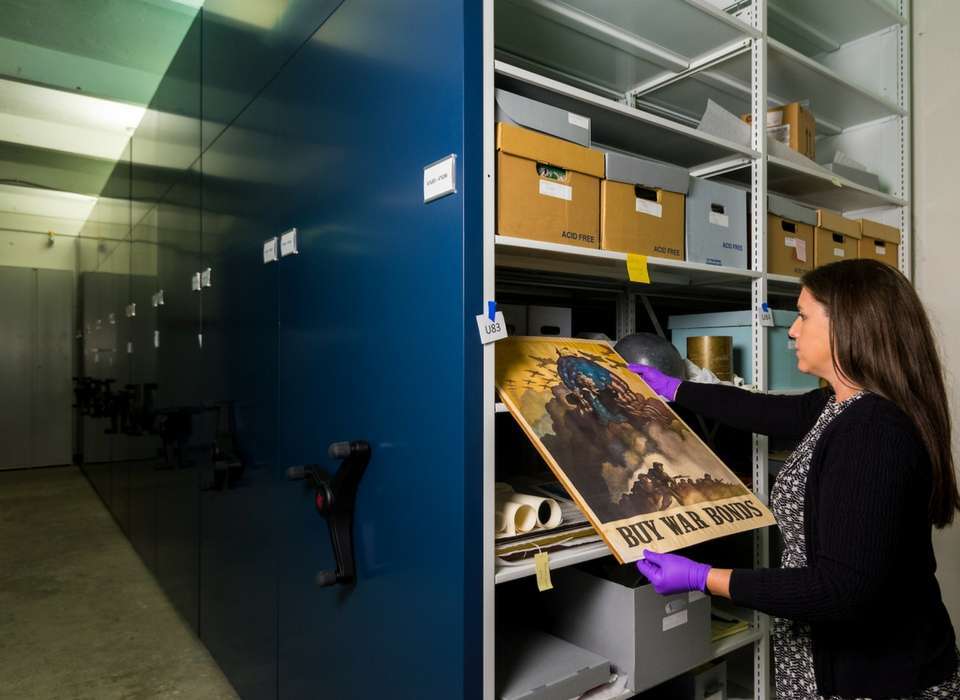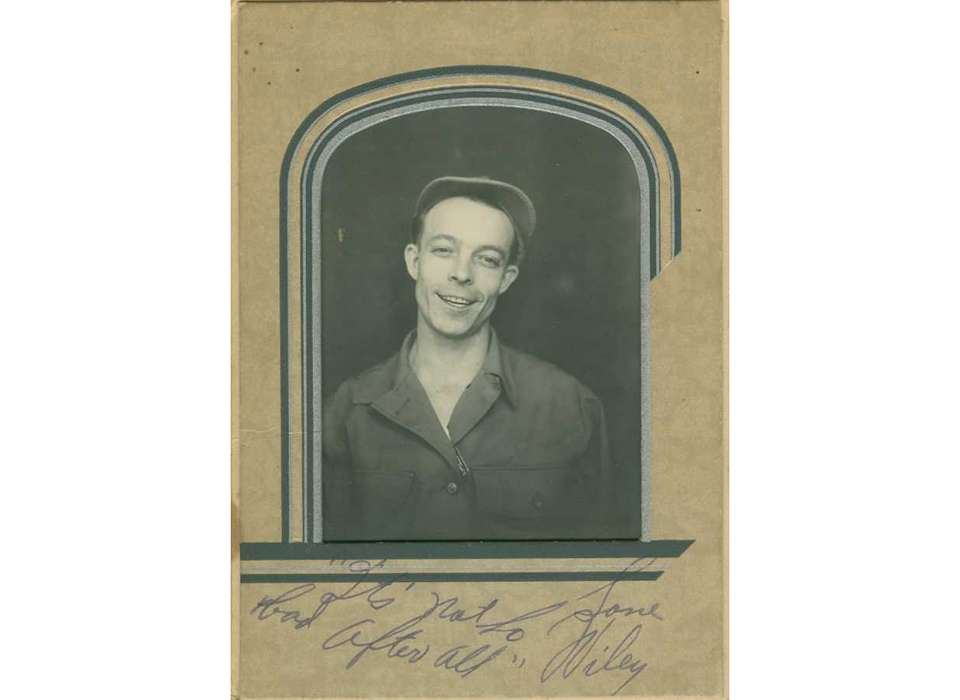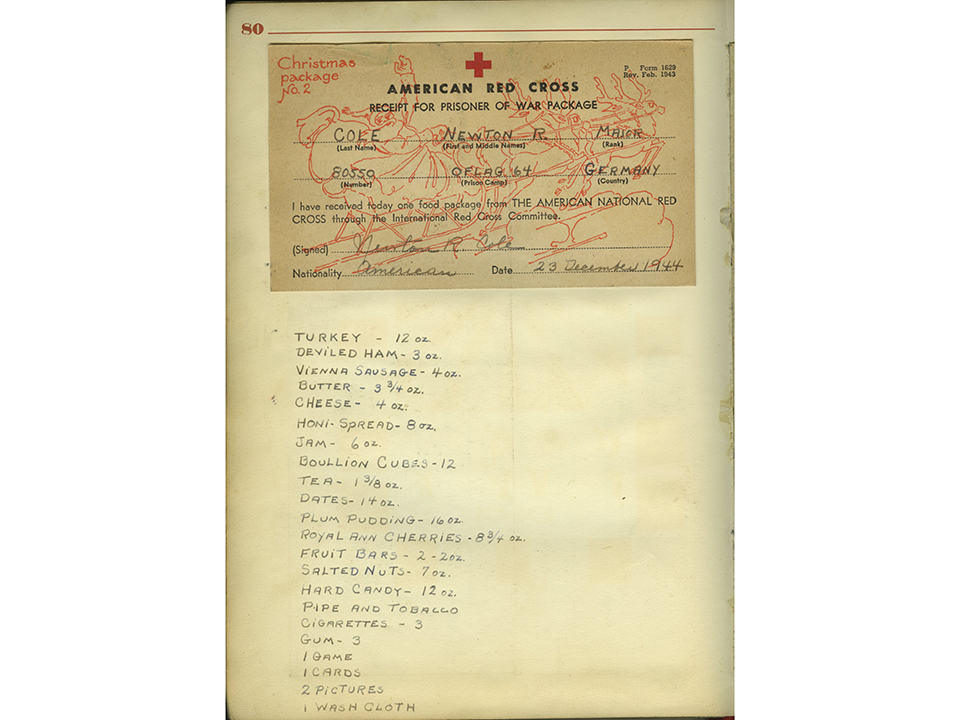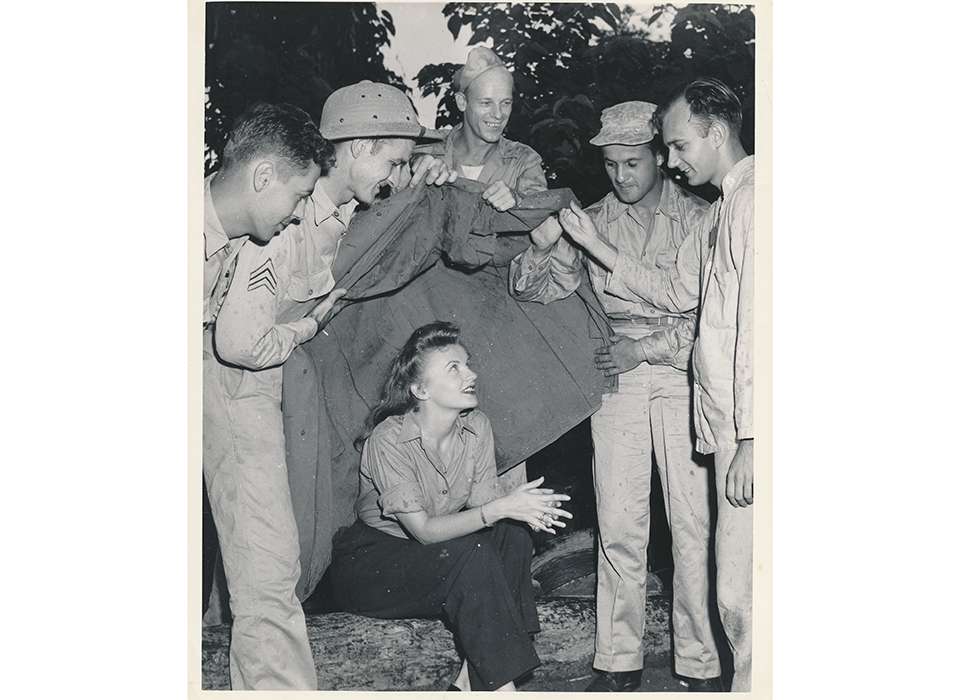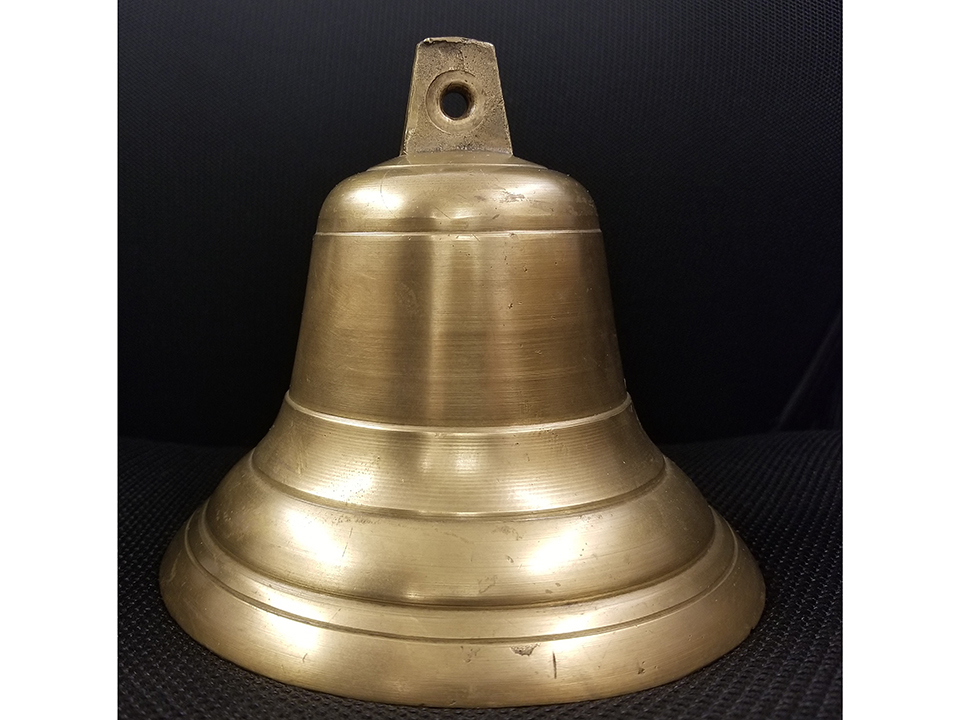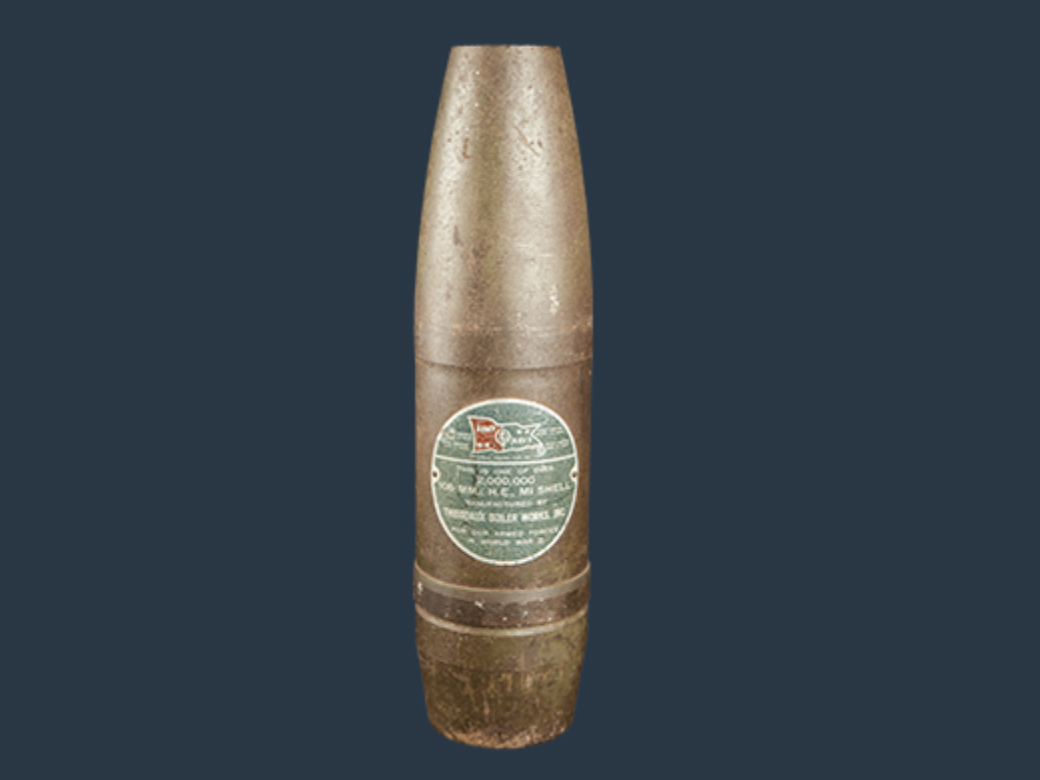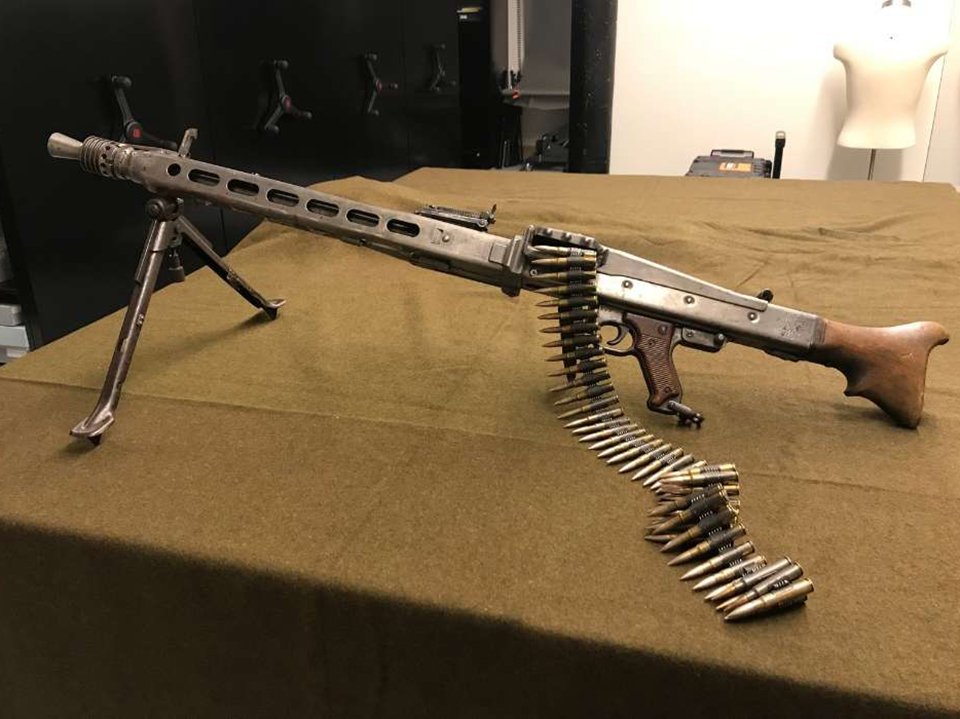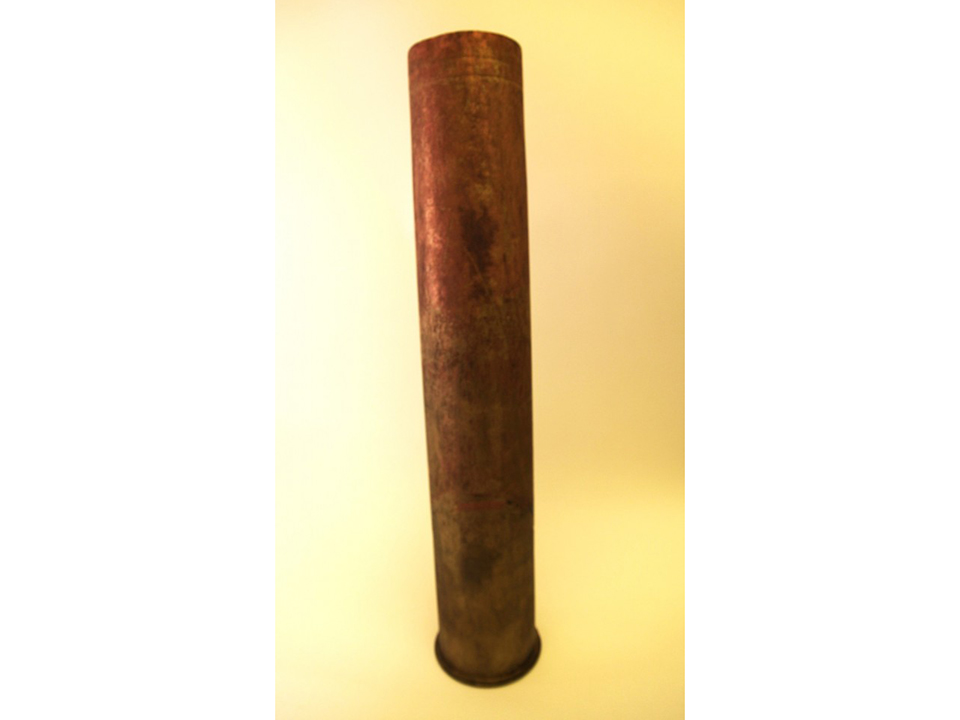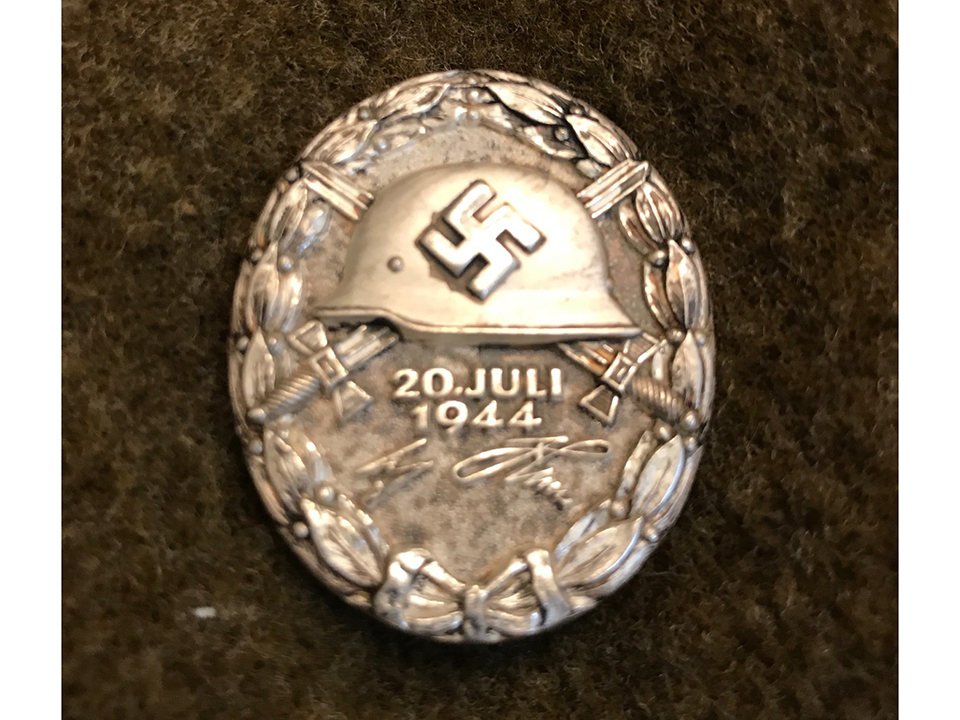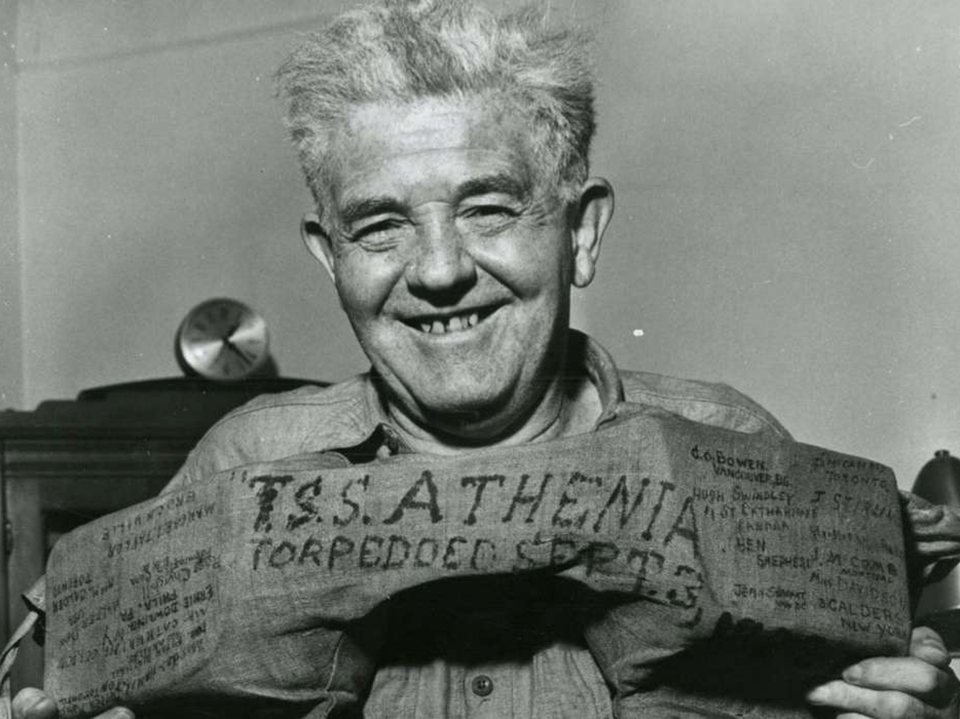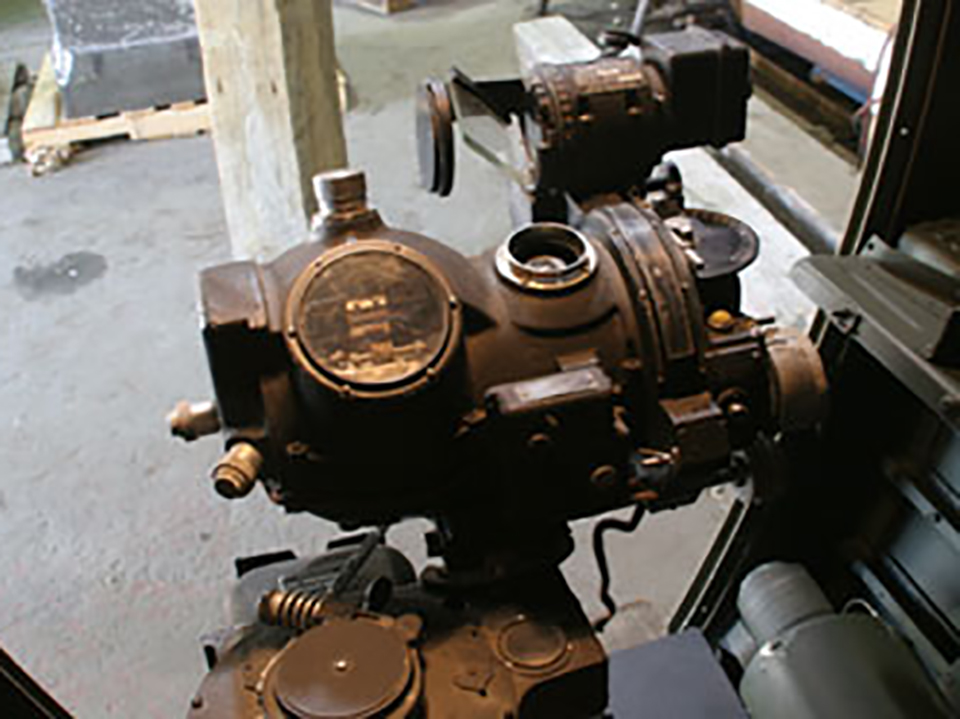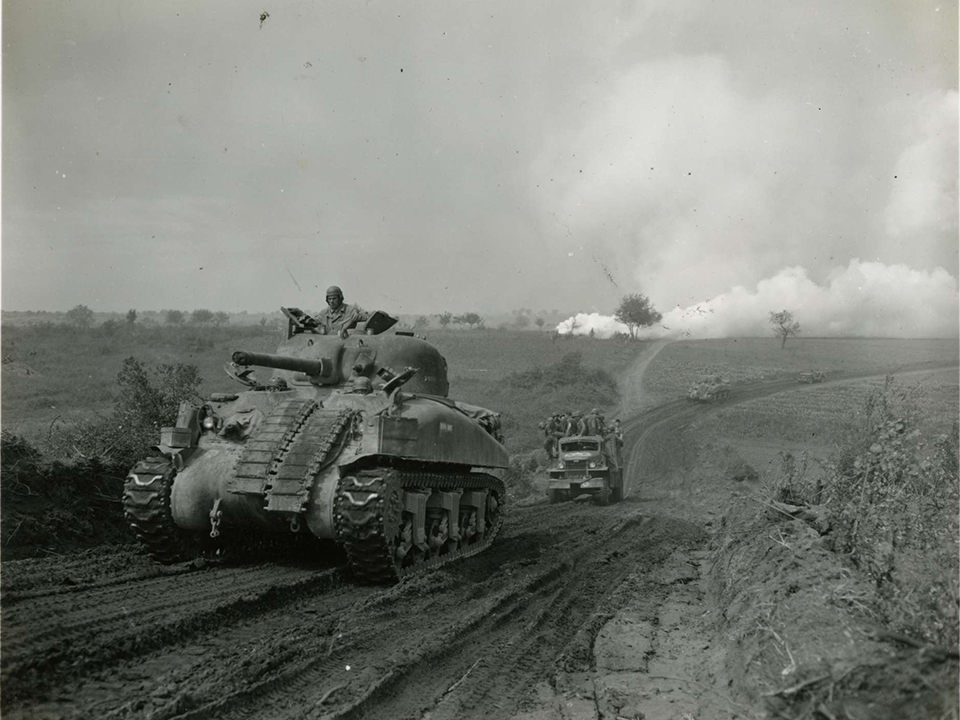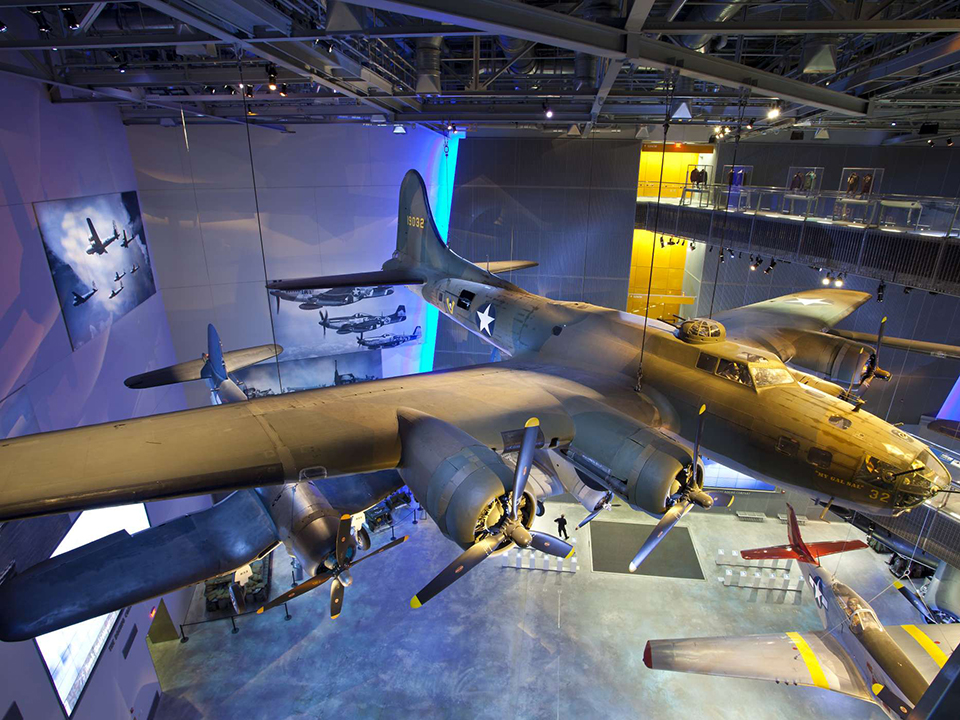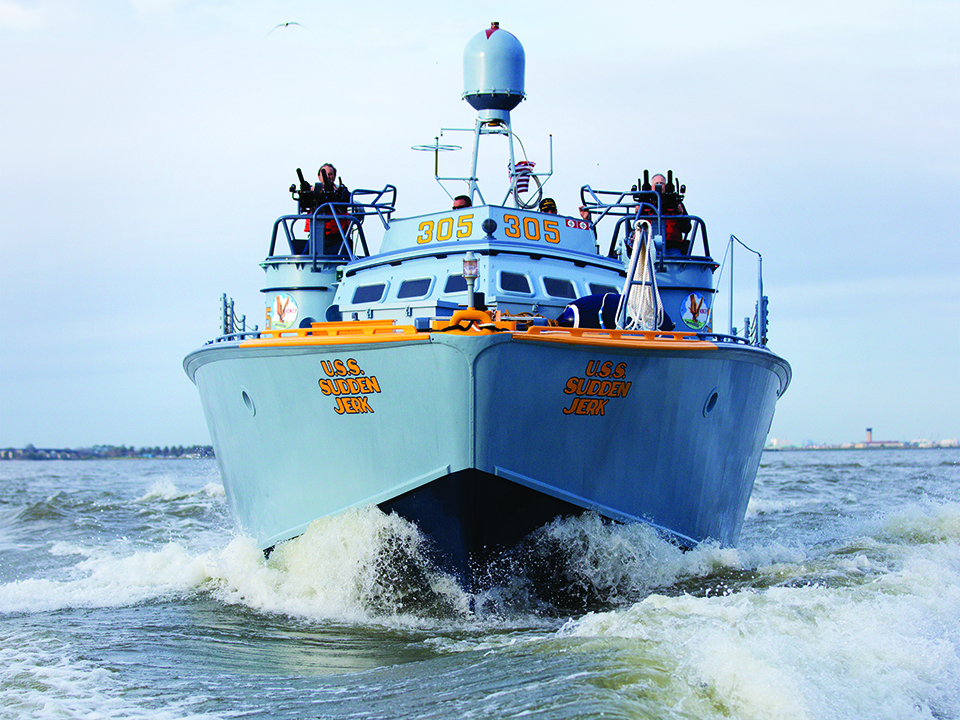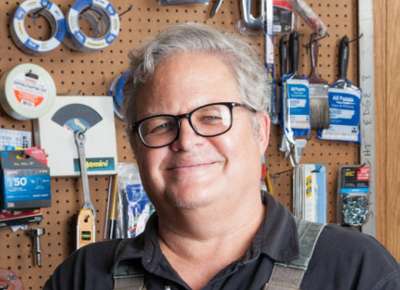Top Image: Toni Kiser Assistant Director for Collections Management works in The National WWII Museum Vault.
In the world of museums, 20 years is not a long time. The Smithsonian was founded in 1846 while the National World War I Museum opened in 1926. The National D-Day Museum was founded in 1991 and opened June 6, 2000 with a small collection before being designated by Congress as The National WWII Museum in 2004. The majority of the Museum’s 250,000 artifacts have been collected in the years since the Museum opened.
The collections cover a wide range of materials from physical objects to digital recordings of personal accounts. They range in size from pins and needles in sewing kits to heavy bombers. Each item has a story and reminds us of the people who lived and died in World War II. At The National WWII Museum, we are charged with remembering those people and passing their stories along to future generations. Collections of all types and sizes help us do that.
Collecting at the Museum began not with artifacts but with personal accounts. As the late Dr. Stephen Ambrose collected the stories of WWII veterans they began to give him items from their service. This lead in part to the decision to found a museum, and once the trip down that path was started, artifacts became as essential as the stories they supported. The Museum, like most museums, exhibits only a small portion of its collection, but is currently engaged in a process of digitizing collections to make them more widely accessible.
Many curators have contributed to building the collections at the Museum, and each one has left their own mark on the collections. Donors have provided the vast majority of the artifacts in the collection, while purchases have accounted for many of the large, rare, or unique items. Together these artifacts provide a basis for all manner of interpretive programs, from exhibits to lectures to publications, and provide a resource for authors and historians conducting research and writing.
In recognition of 20 years of collecting at the Museum, the current curators have provided a selection of pieces that have special significance to them. These items are featured on the Museum’s website. I encourage you to have a look at them now, and stay tuned for future articles detailing the stories of curators’ favorites from the Museum’s collection.
Museum artifacts come in many types including letters and diaries like those of Wendell Wiley Wolfenbarger :
Or the diary/scrapbook kept Chet Strunk known as a Wartime Log :
Helmets were sometimes saved as a distinctive piece of equipment from service like the Patty Thomas pith helmet:
Or Ed Sabo’s helmet :
Rothacker Smith donated his time to provide his oral history; he also donated personal items like the shirt he was wearing when wounded and the piece of shrapnel that caused the wound.
An unexpected artifact is a Japanese fire cart bell, read more about it here :
The collection includes items from the home front like this 105mm shell E-award from the Thibodaux Boiler Works:
Private First Class Leonard Linewski brought home a most unusual souvenir. Learn about it here :
One artifact, a shell casing from U-507, came off the bottom of the Gulf of Mexico:
Another came from a desk drawer in Berlin; learn about it here :
This artifact was a life saver:
The Norden bombsight was a technological masterpiece:
The Sherman Tank was produced in massive numbers:
My Gal Sal, a B-17E, has a unique story of loss and eventual preservation:
Finally, PT-305 is an incredible piece of history with a story that continues to change:
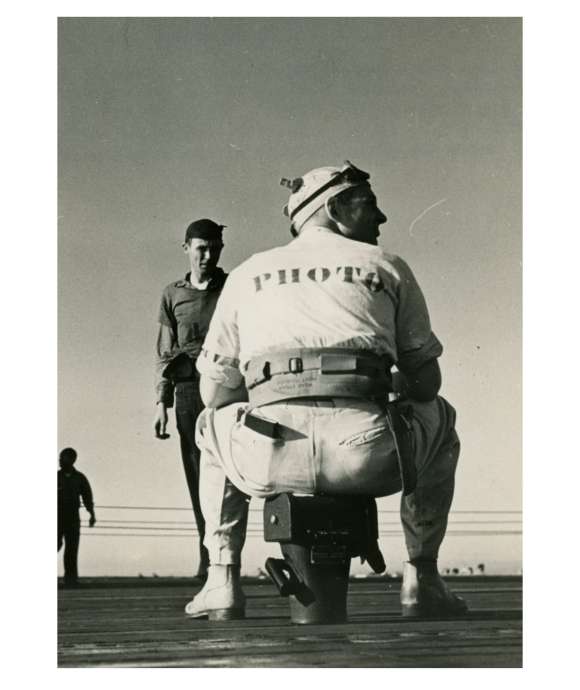
From the Collection
The National WWII Museum's vault houses nearly 250,000 artifacts. While many items in the collection are on exhibit, the majority of artifacts are kept safely in storage to be used for research and future exhibitions, or are undergoing restoration. The Museum has a large collection of wartime memoirs, as well as a growing collection of more than 9,000 personal accounts conducted with veterans from all branches and who served on all fronts.
Tom Czekanski
Cite this article:
MLA Citation:
APA Citation:
Chicago Style Citation:
